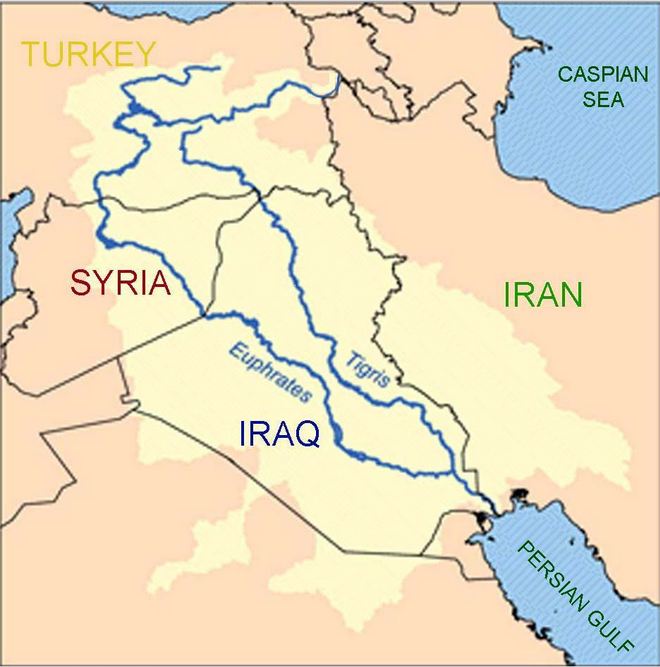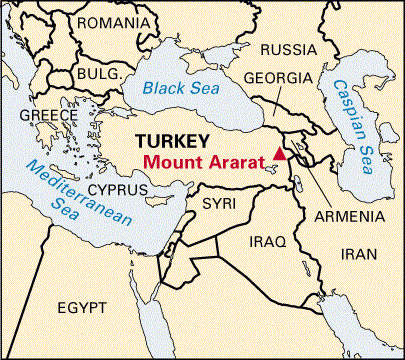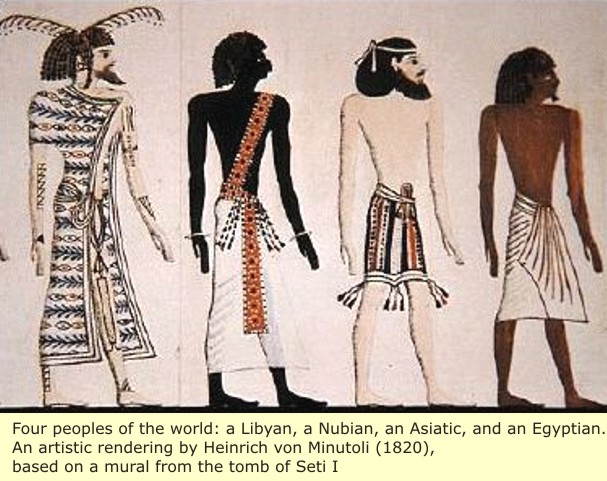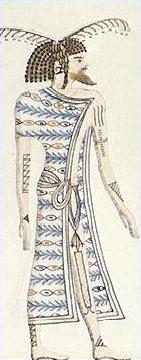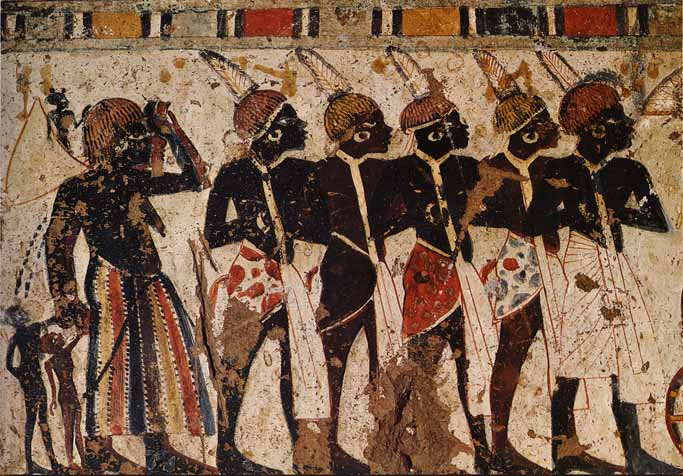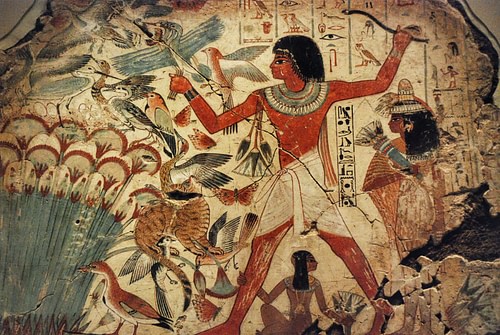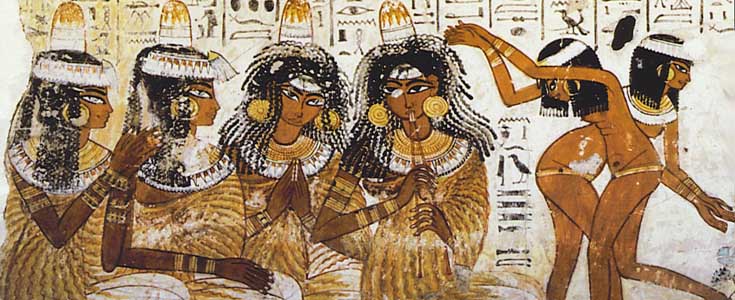@CaliSomali
I get you and Im on your side but lets avoid the term 'nigga'. Your going to trigger some people.
That which is correct is that Prophet Musa was probably of Horner phenotype. He was extremely dark and hard very curly hair.
وَرَأَيْتُ مُوسَى أَسْحَمَ آدَم
“I saw Musa (Moses) and he was a black-skinned man.”
Musnad Imam Ahmed Hadith # 3365
َأَمَّا مُوسَى فَرَجُلٌ آدَمُ جَعْد
“As for Musa/Moses, he is a black-skinned man with very curly hair.”
AL Qurtubi, the famous interprator of the Qur'an says when talking about Musa's (AS) appearance:
وكان موسى أسمر شديد السمرة
"Musa (Moses) was extremely dark brown in skin color."
At Tabari says in the Tafsir about Prophet Musa's sign of his handing turning white:
وكان موسى، فيما ذكر لنا، آدم، فجعل الله تحول يده بيضاء من غير برص، له آية
"According to what we were told, Musa (Moses) was black-skinned and Allah made Musa’s hand turning white, without being affected by leprosy, a sign for him."
Tafsir of the same verse by al Baidawi:
أنه عليه السلام كان آدم شديد الأدمة ، فأدخل يده في جيبه أو تحت إبطه ثم نزعها فإذا هي بيضاء نورانية غلب شعاعها شعاع الشمس
"It is related that Musa (pbuh) was black-skinned. He put his hand in his pocket or under his armpit and took it out and it was white."






